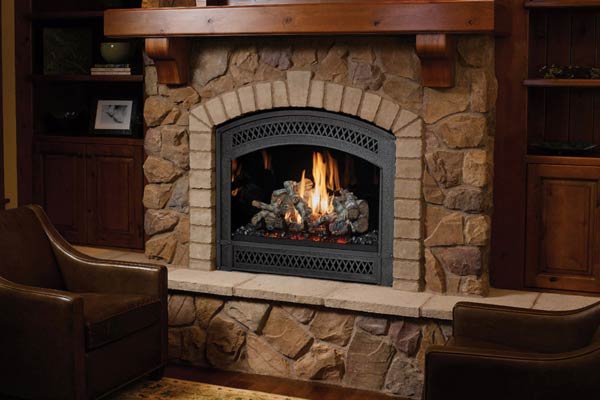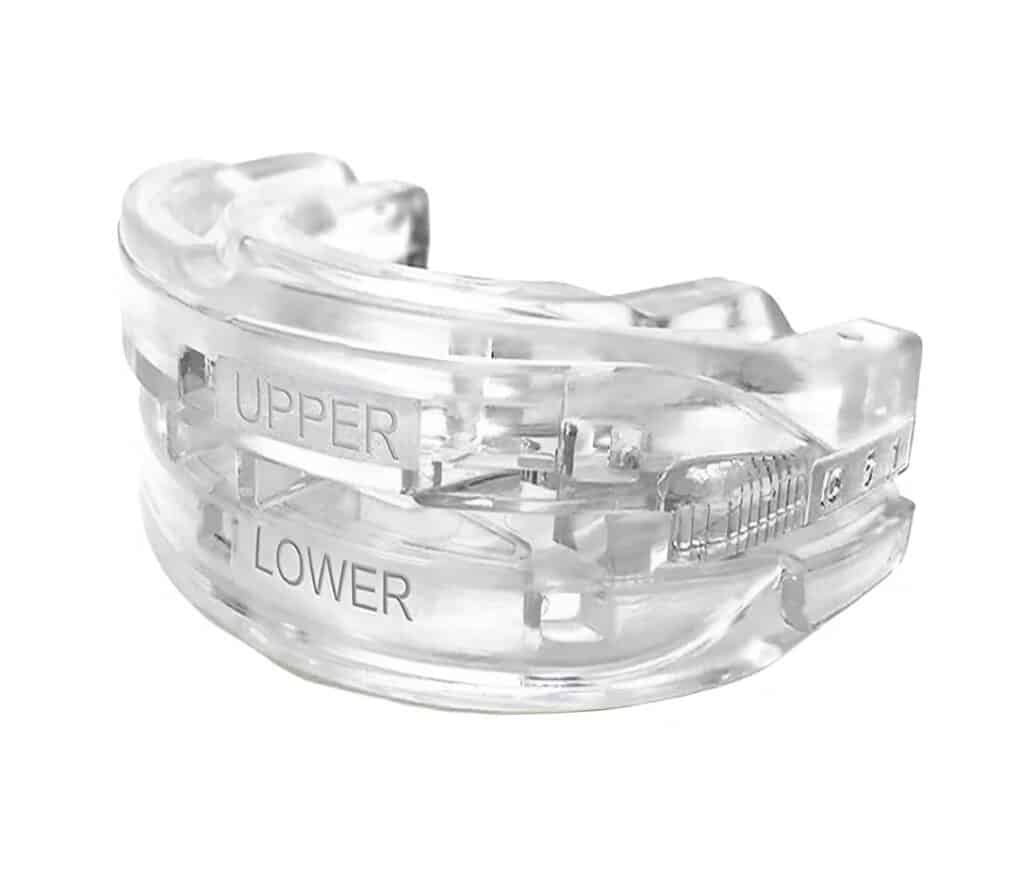LED Lighting Upgrades: Why Homeowners Should Make the Switch

The residential lighting landscape has transformed dramatically over the past decade. As homeowners become increasingly conscious of both aesthetics and efficiency, traditional lighting solutions are rapidly giving way to more advanced options. LED (Light Emitting Diode) technology has emerged as the clear frontrunner in this evolution, offering compelling advantages that extend far beyond simple illumination.
If you’re still using traditional incandescent or fluorescent lighting throughout your home, you’re missing out on significant benefits that LED technology can provide. This guide will explore why making the switch to LED lighting is one of the most impactful upgrades you can make to your home.
The Hidden Costs of Outdated Lighting Systems
Before diving into LED benefits, it’s worth understanding what your current lighting system might be costing you beyond the obvious electricity bills. Traditional lighting systems carry hidden expenses that accumulate over time, impacting both your budget and your home’s functionality.
Incandescent and fluorescent lights generate substantial heat as a byproduct of their operation, forcing your air conditioning system to work harder during warmer months.
Frequent bulb replacements create ongoing maintenance expenses and inconvenience. When you factor in the cost of replacement bulbs, the time spent shopping for and installing them, and the potential safety risks of changing bulbs in high or difficult-to-reach locations, the true cost of traditional lighting becomes significantly higher than the initial purchase price suggests.
Poor lighting quality can also affect your daily life in subtle but meaningful ways. Flickering fluorescents can cause eye strain and headaches, while the harsh, uneven light from incandescent bulbs can make tasks like reading or food preparation more difficult and tiring.
Understanding LED Technology: Beyond the Basics
It’s helpful to understand what makes LED lighting fundamentally different from traditional options. Unlike incandescent bulbs that generate light by heating a filament, or fluorescent lights that use gas and mercury vapor, LEDs produce light through a semiconductor process called electroluminescence.
This fundamental difference in how light is generated translates to significant practical advantages in everyday use. LED technology allows for precise control over light output, color temperature, and energy consumption—creating possibilities that simply weren’t available with older lighting technologies.
Energy Efficiency: The Most Obvious Benefit
The most widely recognized advantage of LED lighting is its remarkable energy efficiency. For homeowners dealing with rising utility costs, this efficiency translates directly into lower monthly electricity bills. The reduction in energy consumption is particularly noticeable in areas where lights remain on for extended periods, such as living rooms, security lighting, and common areas.
For professional advice on how to identify the highest-impact areas for LED conversion, consider reaching out to Mr Electrician.
Enhanced Lighting Quality and Control
Beyond efficiency, LED lighting offers superior quality and control options that can transform your living environment:
- Precise color temperature selection to create the perfect ambiance
- Instant full brightness without warm-up periods
- Excellent color rendering that shows your home’s true colors
- Consistent light output without flickering or buzzing
- Compatibility with dimming systems for customizable brightness
These quality improvements aren’t merely technical specifications—they create tangible differences in how comfortable, inviting, and functional your home feels.
Smart Lighting Integration and Home Automation
One of the most exciting advantages of modern LED systems is their compatibility with smart home technology. Smart LEDs can be controlled remotely via smartphone apps, integrated with voice assistants, and programmed to respond to various triggers and schedules.
Imagine lights that automatically adjust throughout the day to support your family’s routines—gradually brightening in the morning to ease the wake-up process, providing bright, focused light during work hours, and transitioning to warm, dim lighting in the evening to promote relaxation and sleep.
Advanced smart lighting systems can integrate with security systems, automatically turning lights on and off to simulate occupancy when you’re away. They can also respond to motion sensors, providing convenient pathway lighting at night while conserving energy when areas are unoccupied.
For families with varying schedules, smart LEDs offer individual control zones that allow different family members to customize lighting in their personal spaces without affecting the rest of the home.
Longevity: The Long-Term Value Proposition
One of the most compelling advantages of LED lighting is its exceptional lifespan. High-quality LED fixtures typically operate for 35,000–50,000 hours (with premium models reaching 100,000 hours).
This extended lifespan delivers several practical benefits for homeowners:
- Reduced replacement frequency and associated costs
- Lower maintenance requirements, especially in hard-to-reach fixtures
- Consistent lighting performance over time
- Decreased disposal waste compared to shorter-lived alternatives
When calculating the true cost of lighting options, this longevity factor significantly impacts the equation, often making LEDs the most economical choice despite higher initial purchase prices.
Working with Mr Electrician, a HDB licensed electrician in Singapore, ensures your LED light installation is completed to the highest standards, maximizing the lifespan and performance of your new lighting system.
Environmental Impact and Sustainability
Beyond personal benefits, LED lighting contributes to broader environmental goals that many homeowners find increasingly important. The dramatic reduction in energy consumption directly translates to lower carbon emissions from power generation, making your home more environmentally responsible.
LEDs contain no mercury or other hazardous materials, unlike fluorescent bulbs that require special disposal procedures. Their extended lifespan also means fewer bulbs end up in landfills over time, reducing overall waste generation.
For homeowners interested in solar power systems, LEDs’ low energy consumption makes renewable energy more viable by reducing the total electrical load that solar panels need to support. This synergy between LED efficiency and renewable energy can significantly enhance your home’s energy independence.
Design Flexibility and Space Enhancement
LED technology’s compact size and flexible configuration options open new design possibilities that weren’t feasible with conventional lighting:
- Ultra-slim profile fixtures that can fit in tight spaces
- Directional light that can highlight architectural features
- Strip lighting for coves, under-cabinet applications, and accent lighting
- Integrated fixtures that blend seamlessly with your interior design
- Smart lighting options that change color or brightness on demand
These design advantages allow you to enhance your home’s aesthetics while improving functionality. From illuminating kitchen workspaces to creating dramatic accent lighting for artwork, LED solutions provide unprecedented flexibility for homeowners and interior designers alike.
Addressing Common LED Concerns and Misconceptions
Despite their many advantages, some homeowners hesitate to make the LED switch due to lingering misconceptions or concerns about the technology. Understanding and addressing these concerns helps you make a fully informed decision.
The most common concern is the higher upfront cost of LED fixtures compared to traditional alternatives. While LEDs do require a larger initial investment, the total cost of ownership—including energy savings and reduced replacement costs—makes them significantly more economical over their lifespan.
Some people worry about LED light quality, particularly concerns about “cold” or “harsh” lighting. Modern LEDs offer a full spectrum of color temperatures, including warm options that closely mimic traditional incandescent lighting. High-quality LEDs also provide excellent color rendering, ensuring that your home’s colors appear natural and vibrant.
Compatibility concerns with existing dimmer switches or electrical systems are also common. While some older dimmers may not work optimally with LEDs, LED-compatible dimmers are widely available and can be installed by qualified electricians to ensure proper functionality.
Installation Considerations: Getting It Right
While some LED upgrades are as simple as replacing a bulb, others require professional installation to ensure safety, performance, and compliance with local regulations. Before beginning an LED conversion project, consider:
- Compatibility with existing dimmer switches and control systems
- Proper electrical load calculations for new installations
- Appropriate transformer or driver requirements for low-voltage systems
- Heat dissipation needs for integrated fixtures
- Waterproofing requirements for outdoor or bathroom applications
For whole-home conversions or more complex installations, consulting a price list for a Singapore electrician helps you budget appropriately while ensuring all technical requirements are properly addressed.
Creating Your LED Conversion Plan
Developing a strategic plan for your LED conversion ensures you maximize benefits while managing costs effectively. Start by conducting a lighting audit of your home, identifying which areas would benefit most from LED upgrades based on usage patterns, current fixture conditions, and your family’s lighting needs.
Consider creating a priority list that balances quick wins with long-term goals. High-traffic areas like kitchens, living rooms, and frequently used bathrooms typically offer the best return on investment for early LED conversion. Specialty applications like landscape lighting or security fixtures also benefit significantly from LED technology’s reliability and efficiency.
Factor in upcoming renovation projects or home maintenance activities that might affect lighting installations. Coordinating LED upgrades with other electrical work can reduce overall installation costs and minimize disruption to your daily routine.
Finally, consider your long-term lighting goals. If you’re interested in smart home automation or anticipate changes in how you use your spaces, factor these considerations into your LED selection and installation planning to avoid costly retrofits later.




